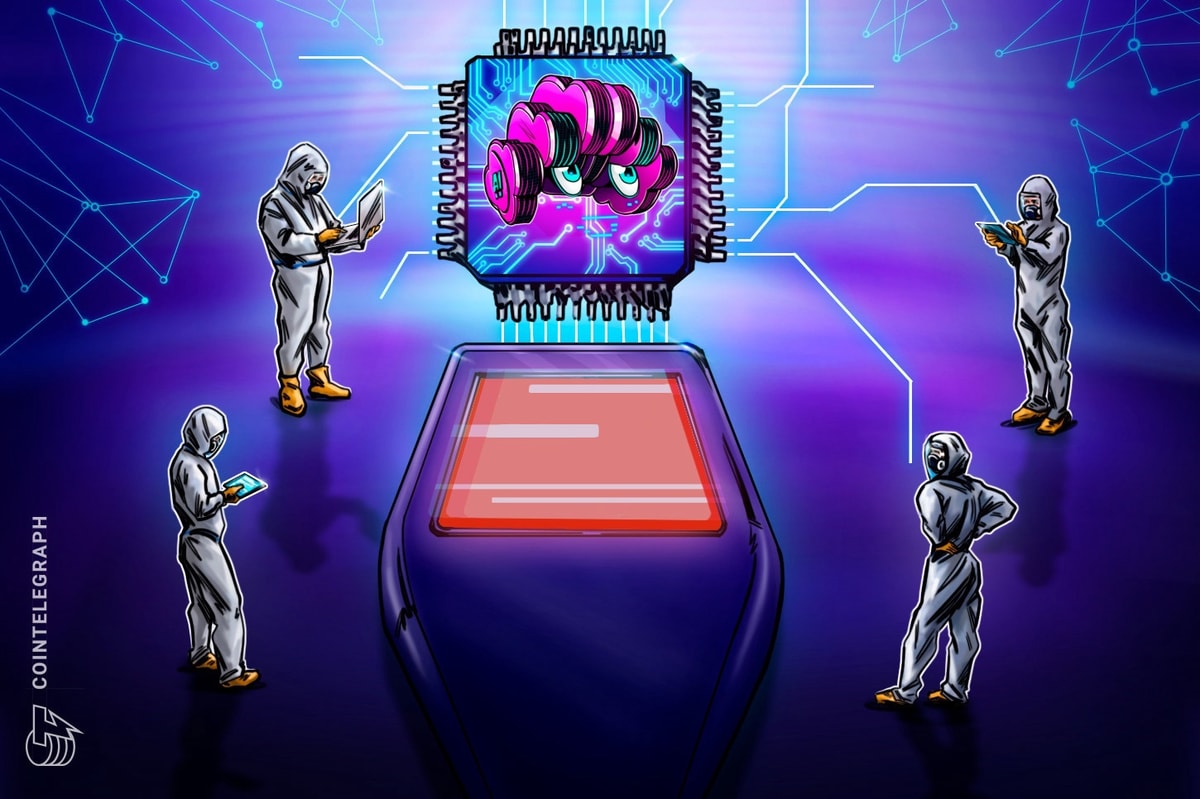Patients suffering from severe neurological conditions, such as amyotrophic lateral sclerosis (ALS), may now be able to chat with their loved ones again with the help of generative AI.
Last week, neurotechnology company Synchron announced it had integrated tech from OpenAI to integrate generative AI into its brain-computer interface (BCI) program. This would allow users with severe motor impairment to send more contextually-aware messages using their thoughts.
When a patient is sent a text or spoken to, OpenAI’s multimodal GPT models will provide Synchron’s interface with context-aware responses, creating more “natural” and real-time human-AI interactions.
A video posted by Synchron shows Mark, a patient suffering from severe ALS, using the BCI to reply to text messages from his doctor.
By using his mind to interact with a ChatGPT-enabled platform, Mark is able to maintain a conversation with his doctor, arrange an appointment booking and describe his current levels of pain.
Synchron said the feature would be utilized primarily by patients with severe paralysis who had lost the use of their upper limbs to interact hands-free with the world around them.
“This is critical for individuals with neurological disorders, who may otherwise have trouble generating complex responses contextual to their environment,” said Synchron in the statement.
“As someone who will likely lose the ability to communicate as my disease progresses, this technology gives me hope that in the future I’ll still have a way to easily connect with loved ones. This will be a game changer,” said Mark, a person living with ALS who uses Synchron’s BCI platform.
Related: China to ramp up brain chip program after teaching monkey to control robot
Founded in 2012 and backed by tech billionaires Bill Gates and Jeff Bezos, Synchron is developing an implant that allows people to interface with computers and other technology, similar to Elon Musk’s Neuralink.
However, Synchron’s BCI claims its implant is installed via a “minimally-invasive” surgical procedure which consists of inserting the tiny device by way of the jugular vein in the neck, which then moves the device to a blood vessel on the surface of the motor cortex of the patient's brain.
Once the device has been implanted, it wirelessly detects and transmits “motor intent” from the brain — allowing paralyzed users to control devices with their minds.
Neuralink’s brain chip is currently implanted by way of surgery that involves opening up a small section in the patient’s skull and using a surgical robot to implant in the region of the brain that controls movement intention.
On May 13, Neuralink unveiled footage of the first human patient to be implanted with a Neuralink chip — 29-year-old quadriplegic Noland Arbaugh — controlling the cursor of a computer and playing games like Civilization V using only his mind.
AI Eye: $1M bet ChatGPT won’t lead to AGI, Apple’s intelligent AI use, AI millionaires surge










